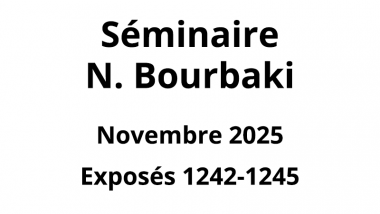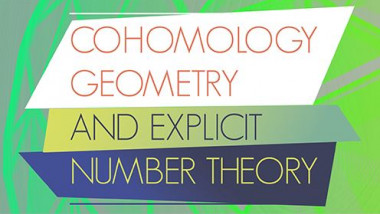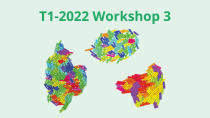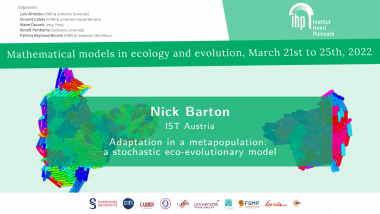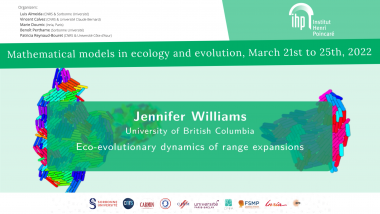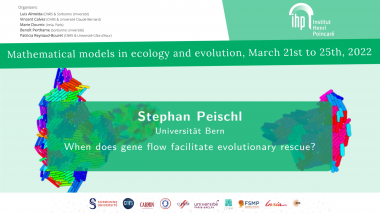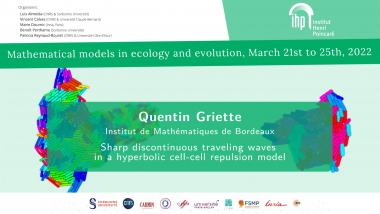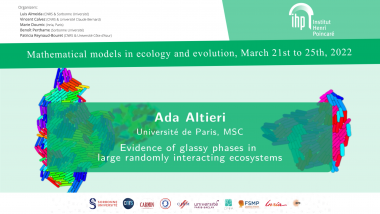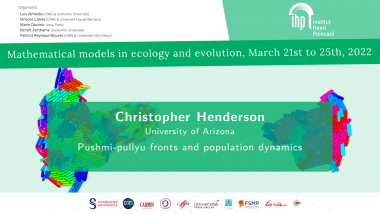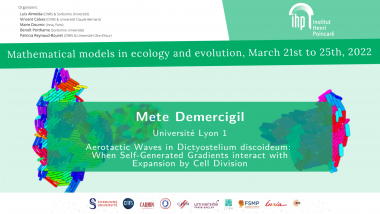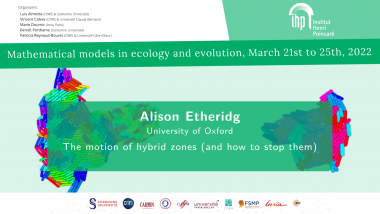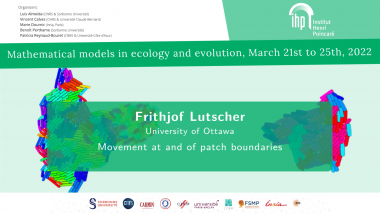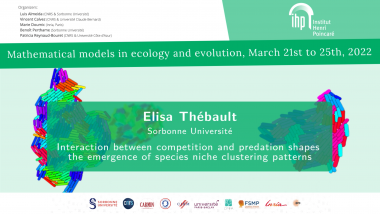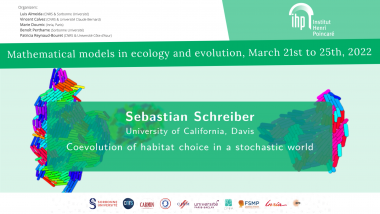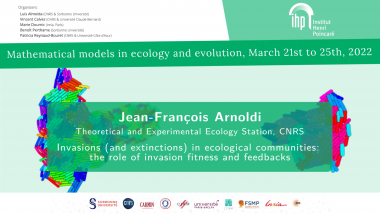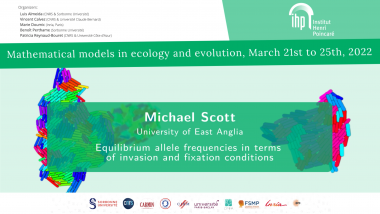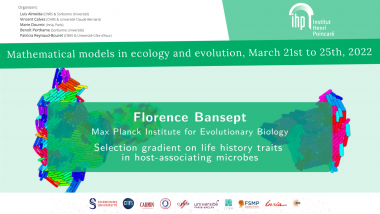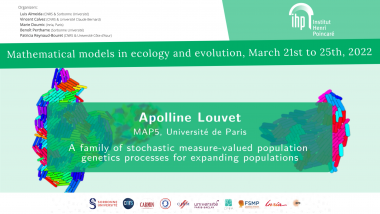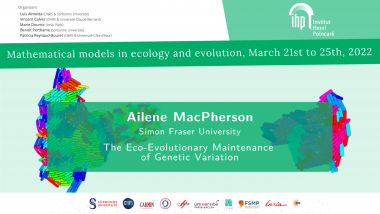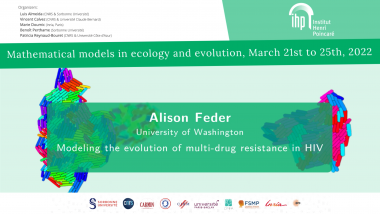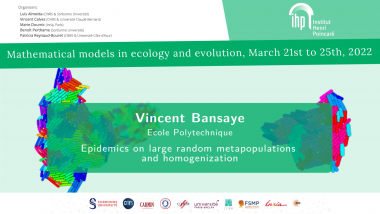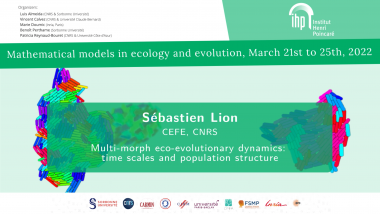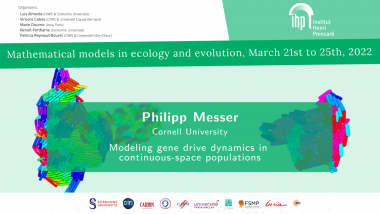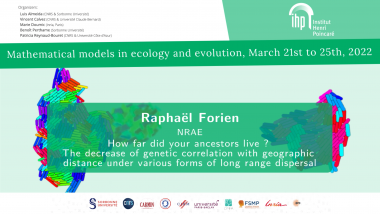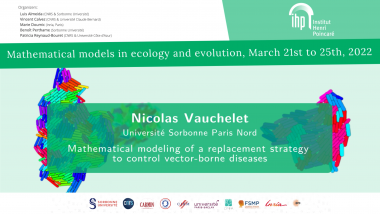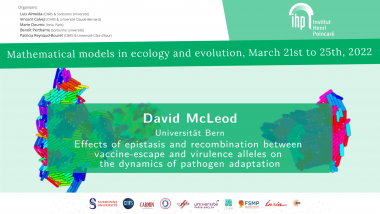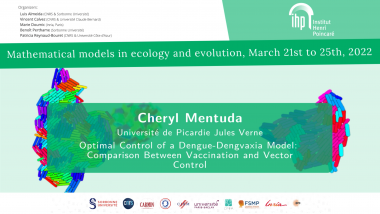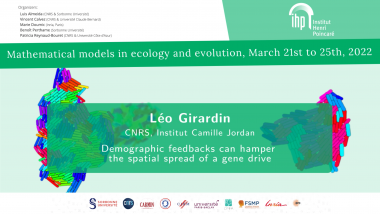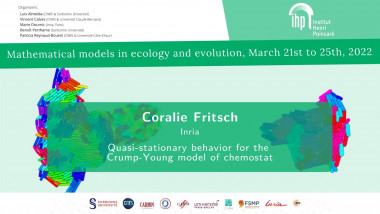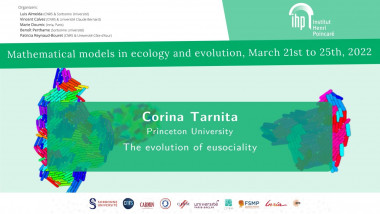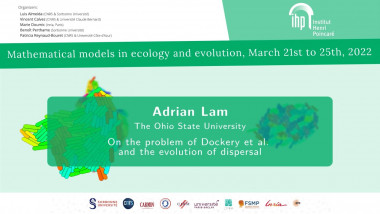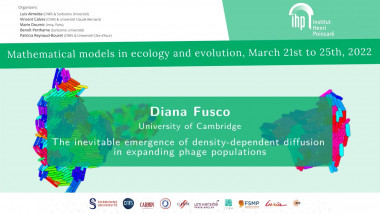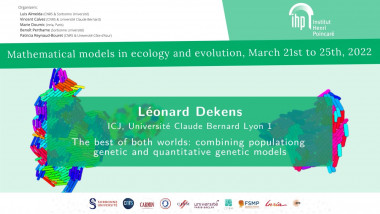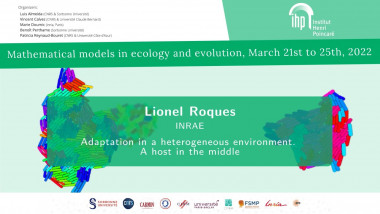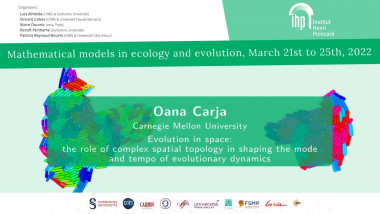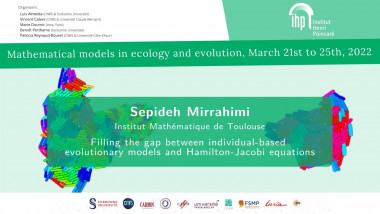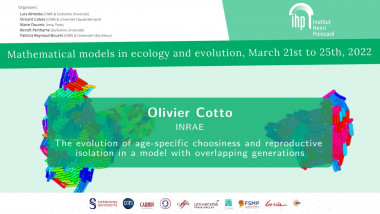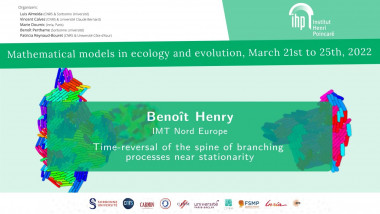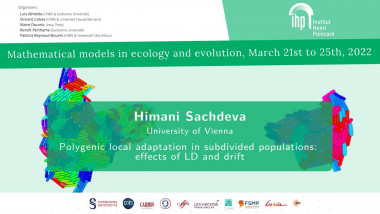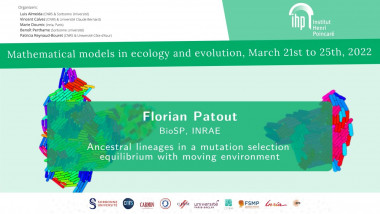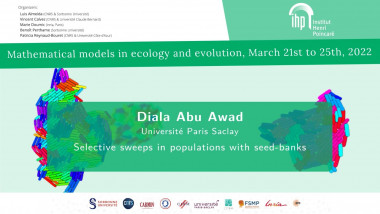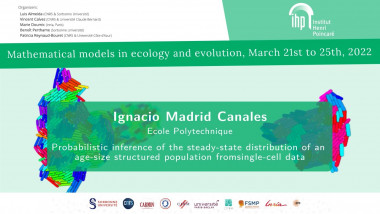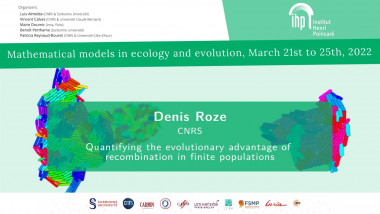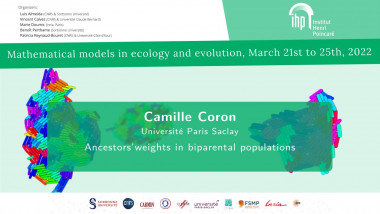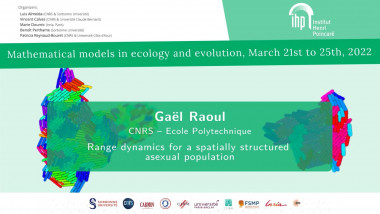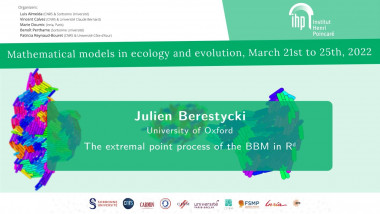The inevitable emergence of density-dependent di˙usion in expanding phage populations
De Diana Fusco
Reaction-diffusion waves have long been used to describe the growth and spread of popu-lations undergoing a spatial range expansion. Such waves are generally classed as either pulled, where the dynamics are driven by the very tip of the front and stochastic ˛fuctuations are high, or pushed, where cooperation in growth or dispersal results in a bulk-driven wave in which ˛fluctuations are suppressed. These concepts have been well studied expe-rimentally in populations where the cooperation leads to a density-dependent growth rate. By contrast, relatively little is known about experimental populations that exhibit a density-dependent dispersal rate. Using bacteriophage T7 as a test organism, we present novel experimental measurements that demonstrate that the di˙usion of phage T7, in a lawn of host E. coli, is hindered by steric interactions with host bacteria cells. The coupling between host density, phage dispersal and cell lysis caused by viral infection results in an effective density-dependent diffusion rate akin to cooperative behavior. Using a system of reaction-di˙usion equations, we show that this e˙ect can result in a transition from a pulled to pushed expansion. Mo-reover, we ˝nd that a second, independent density-dependent effect on phage dispersal spontaneously emerges as a result of the viral incubation period, during which phage is trapped inside the host unable to disperse. Our results indicate both that bacterio-phage can be used as a controllable laboratory population to investigate the impact of density-dependent dispersal on evolution, and that the genetic diversity and adaptability of expanding viral populations could be much greater than is currently assumed.
